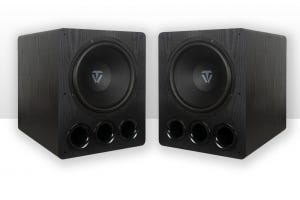An interesting thing about MIDI cables is that during playback, the cable will send the signal back to the instrument, which then reproduces the recorded or stored sound, rather than sending the signal to an external speaker for sound reproduction. Once recorded, MIDI data can also be edited before playback.
The MIDI connector is circular and contains 5 pins arranged in a semi-circle. Only 2 of the pins are actually active and used for transferring the data.
One end of your MIDI cable will be inserted into the “midi-out” connection at the back of your controller, whilst the other end
will go into the “midi-in” connection on your instrument. This will allow the midi signal to go between the controller to your instrument, letting you control your instrument’s built in sounds. Due to potential signal loss, a MIDI cable is not recommended for use over about 6 metres. Data transferred over longer distances may result in degradation of quality, making playback interrupted. MIDI cables are not only used for sound reproduction, but can be used to record and playback lighting sequences also. While MIDI cabling is not one of the most common forms of cable around, it is fascinating and useful in its own way. View Selby MIDI cables online









